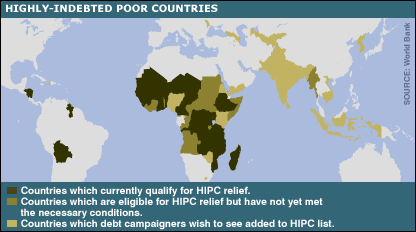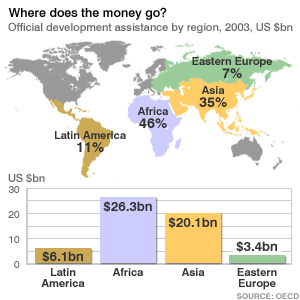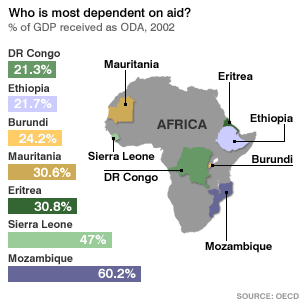Triple A Weekly Newsletter
3A’s Weekly
News
UK News
Is it all bad
news?
The influx of labour from the EU means the UK economy
can grow faster without boosting inflation and growth potential may be 0.5%
higher than government estimates. That is the opinion of a leading ‘think
tank’.
A rise in older-age workers, as well as those from
accession countries, had expanded the labour market it and the ‘think
tank’ envisages 2.75% to 3% growth in GDP through to 2008 - against the
Treasury forecast of 2.5%. The figures put the gap between potential and
actual growth at around 1% of GDP.
Questions
- What
is meant by the term ‘economic growth’?
- Why
is the gap between potential and actual growth now so closely monitored
by economists?
- If
these trends in growth prove to be accurate what would you forecast
happening to (a) inflation and (b) unemployment in the UK?
- What
other affects do you think the rise in both older workers and economic
immigrants will have on the UK economy?
The EU News
Europe's economy is growing faster than the US or
Japan, according to the latest figures for the second quarter of this year.
Growth across the 25 members of the European Union was
0.9% in the quarter, up from 0.8% in the first quarter and representing 2.8%
over the year.
Comparable growth figures for the US and Japan were
0.7% and 0.2%.
The economies of the 12-nation euro currency group also
grew at 0.9% over this period.
However, it is not all good news for Europe is lagging
behind its economic rivals when it comes to creating new jobs.
During the second quarter unemployment across the EU
was unchanged at 8%, some distance behind the US with 4.8% unemployment or
Japan at 4.1%.
Poland has the highest jobless rate in the EU, with a
15% jobless toll. Slovakia is second in the unemployment league, with 14%
out of work.
Economists expect the rate of growth to cool towards
the autumn, with the European Central Bank signalling the likelihood of
further interest rate rises in order to curb inflation.
Questions
- Why
might growth rates ‘cool’ in the Autumn?
- Which
countries belong to the Euro Zone?
- What
is the role of The European Central Bank in controlling inflation within
the Euro Zone?
- What
are the main reasons why economists think the EU average unemployment
rates lags behind that of the US and Japan?
International
News
With the annual meeting of the IMF now eminent it is a
good time to take a look at some the statistics that show the plight of the
poorest countries in the world.
First, just who and where are the most indebted
countries in the world? Hopefully, you can name those that appear in the map
below.

Next, who contributes to the aid sums that are
available to the poorest nations?

Then we need to address the issue who gets what?

Finally, who on the continent of Africa (the poorest of
all the continents) receives what sums of aid?

Questions
- What
are the main types of aid?
- Why
did some countries become so heavily indebted
- In
what other ways might the developed countries help the economies of the
poorest countries?
|